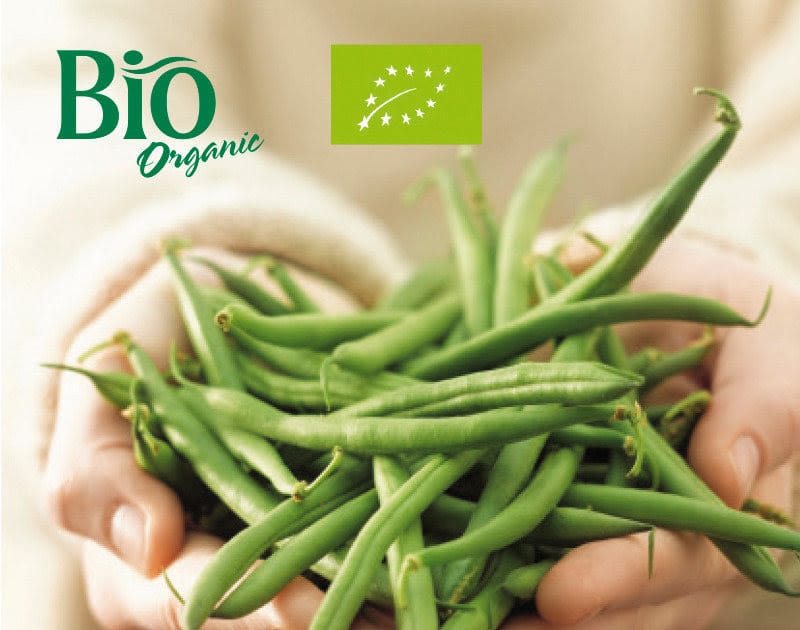
The conflict in Ukraine is not the only cause of rising food prices, the heat wave in the summer of 2022 was also a major factor and the upcoming water crisis is expected to exacerbate the inflationary trend. Much of the current inflation is due to rising oil and gas prices and difficulties in sourcing certain materials and components.
A study by the European Central Bank shows that an abnormal rise in temperatures causes prices to rise in the short term, but that, in contrast, a cold snap, no matter how intense, has no impact on prices. The impact on prices also depends on the season, since a rise in temperatures in spring, autumn or winter causes a lower level of inflation than a rise in temperatures in summer. The ECB estimates that prices rise by an average of 0.38% in the event of a very hot summer.
The more a country is dependent on its agriculture, as is the case for many developing countries, the higher the level of inflation linked to the climate. In addition to these two elements, the season and the dependence on the agricultural sector, there is also the intensity of the heat event. The higher the temperature increase, regardless of its duration, the faster inflation will be felt. Sandrine Mathy, director of research at the CNRS and environmental economist, explains that the heat of 2022 has impacted agricultural yields in France, in the order of -13% for corn and -2 to -4% for wheat, for example, and this change was quickly reflected in market prices.
The price increase is also sensitive to the state of stocks and the possibility of obtaining supplies from other countries. The year 2022 was thus characterized by extreme weather conditions in many countries, in Europe but also in Asia and particularly in India, which had to take drastic measures to limit the effects of the heat wave.
The country has decided to ban the export of cereals to supply its population, even though India is the world’s third-largest wheat exporter. In the United States, the drought in the Mid-West plains has caused the price of wheat to double, reaching its highest level since 2008. Sandrine Mathy explains that climate change is impacting producer prices because water restrictions, raw material costs and natural disasters are increasing producers’ costs and insurance policies.
The same is true for the adaptations implemented to combat these changes, such as the installation of fans in sheds or the purchase of more drought-resistant seeds, for example, which also increase the price of the final products. If from one year to the next the climate can evolve more favourably and limit inflation, it is to be expected that in the years to come the productions most dependent on water resources will suffer the most significant price increases.


